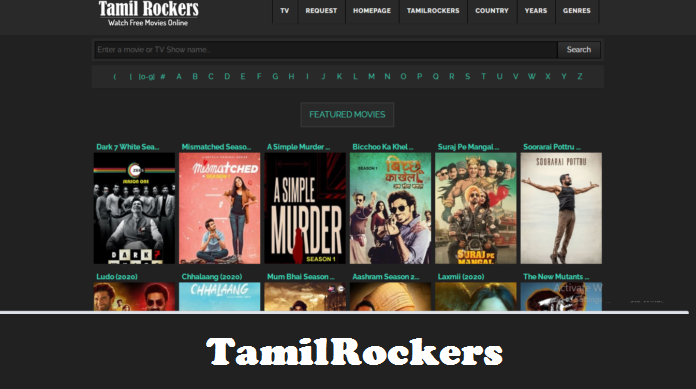If you wish to set goals for your business, you can do so in one of various ways. The SMART Goals process allows you to integrate your company activities so everyone works together cohesively.
SMART, as in SMART Goals, is short for the words, “Specific,” “Measurable,” “Achievable,” “Relevant,” and “Time-Bound.” Remembering these words can help you achieve specific results in a specific allotment of time. Visit here
By taking the “SMART” approach, you get rid of generalities so you can establish concrete goals. In turn, you’re able to monitor your progress and pinpoint any missed goals.
Using Smart Goals Examples – Following the Concept
One of the Smart goals examples you need to practice then is to follow each element of the process by being SMART – or by being specific and measurable (quantifying your goals), and by making sure your goals are achievable, relevant, and time-bound, or can be reached by a certain date.
What Do You Want to Achieve – Specifically?
In order to be specific, you need to think about what, exactly, you wish to achieve and who will be assigned to the steps you want to take. For example, maybe you want to grow your subscriber base. Therefore, you need to figure out how to do this. In this case, you might plan on creating a social media campaign.
Create “Measurable” Benchmarks
Because you wish to expand your base of subscribers, you next have to quantify your goal or ensure its measurability. That way, you can track your new subscribers and figure out how many social channels will feature your listing. Using a custom software will help you create “measurable” benchmarks along the way.
Is Your Goal Realistic? Can You Accomplish It?
To ensure you achieve your goal, it must be realistic. Therefore, increasing the number of subscribers should be an activity that your team can perform and meet.
If your team is too small and overburdened with work, you might have to reduce the number of networks where you advertise your listing. You’ll also need to set a goal for the number of subscribers you want to attract, such as an additional 50 or 100 sign-ups per month. Visit here
Look at the Overall Picture: How Relevant is Your Goal?
Next, you’ll need to consider the relevance of your goal. Look at the overall picture. Why do you want to set the goal that you’re trying to achieve? In this case, selling subscriptions can help you increase customer loyalty, which, in turn, can increase your earnings.
What Is the Time Horizon?
Finally, you need to develop a horizon for achieving your goal. When will your project begin and when do you want it to end? Using the right software can help you quickly assess your SMART goals and milestones as they begin to unfold.
By using the above illustration, you can increase your bottom line by using a customized software that will account for all your SMART goal activities.
Use SMART goals software to achieve results, such as the following examples:
- Earning $50,000 in four years
- Growing your Facebook following from 500 to 1500 followers in eight months
- Closing the sales for 200 clients in two years
Get to Where You’re Going by Being SMART
While growing your business is challenging, using SMART goals and the right software will help you to get to where you’re going.










![Is Tokyo Ghoul on Netflix? [How to Watch Online]](https://avctv.com/wp-content/uploads/2022/08/AAAABct1DaUzhEt4JeJFeDrmaE_4CGAu39fBN6poMx10hAlWlMRjkkAw84hjmuujWTy2wFC7_Pjnujec-_PqT1GCnnMFMJ15S04baJn1b0WvvbG6hrSNb31_GS4--120x86.jpg)





